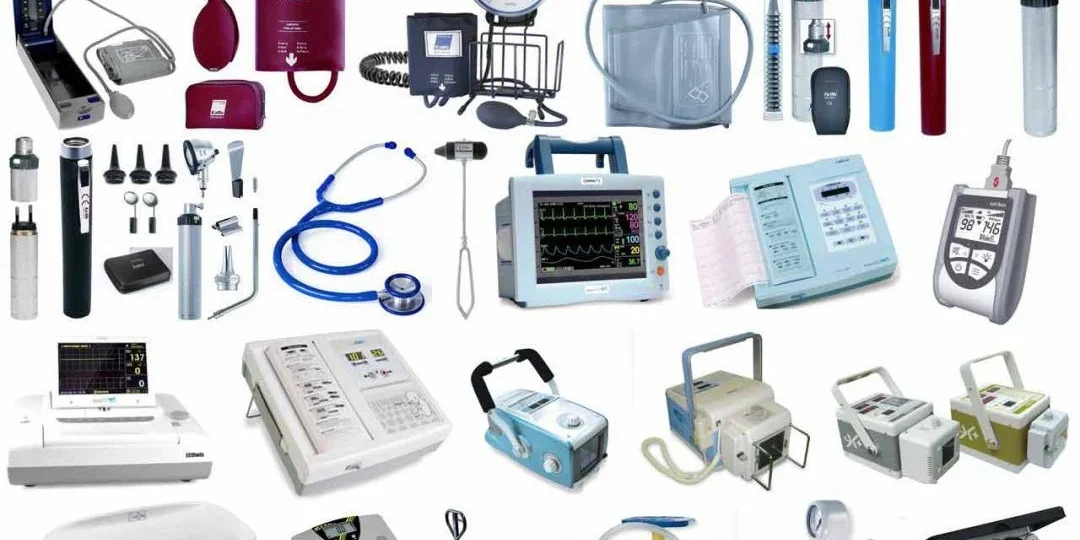The use of plastics in the medical device industry has been growing rapidly in recent years due to their versatility, durability, and cost-effectiveness. However, as the demand for plastic medical devices increases, so does the need for plastic decorating technologies. In this article, we will explore the latest trends in plastic decorating technologies in the medical device industry.
Digital Printing:
One of the latest trends in plastic decorating technology is digital printing. Digital printing allows manufacturers to print high-resolution images directly onto plastic parts. This technology offers a wide range of benefits, including the ability to produce small runs of customized parts quickly and cost-effectively. Digital printing is also more environmentally friendly than traditional printing methods because it eliminates the need for plates and solvents.
Laser Etching:
Another trend in plastic decorating technology is laser etching. Laser etching is a process that uses a high-powered laser to create permanent markings on plastic parts. This technology offers high precision, as well as the ability to produce intricate designs and patterns. Laser etching is commonly used in medical device manufacturing to create serial numbers, lot numbers, and other identifying information.
In-Mold Decorating:
In-mold decorating (IMD) is a process that combines plastic injection molding and decorating in a single step. IMD allows manufacturers to create plastic parts with a high-quality finish without the need for additional decorating steps. This technology offers several benefits, including reduced costs and increased production efficiency. IMD is commonly used in the production of medical devices, such as housings for monitoring devices and infusion pumps.
Hot Stamping:
Hot stamping is a process that uses heat and pressure to transfer a foil or film onto a plastic part. This technology offers a high-quality, durable finish that can withstand the harsh environments commonly encountered in medical settings. Hot stamping is commonly used to decorate medical devices, such as syringe barrels and infusion sets.
Vacuum Metallization (PVD)
Also known as Physical Vapor Deposition, is a process that applies a thin layer of metal onto a plastic part. This technology offers a high-quality, metallic finish that can be customized to a variety of colors and textures. Vacuum metallization is commonly used to decorate medical devices, such as diagnostic equipment and surgical tools.
Plastic decorating technologies are becoming increasingly important in the medical device industry. Digital printing, laser etching, in-mold decorating, hot stamping, and vacuum metallization are just a few of the trends that are shaping the future of plastic decorating in the medical device industry. As technology continues to evolve, we can expect to see even more innovative and cost-effective plastic decorating technologies emerge in the years to come. These technologies will help to meet the growing demand for high-quality, customized medical devices that are both functional and aesthetically appealing.








